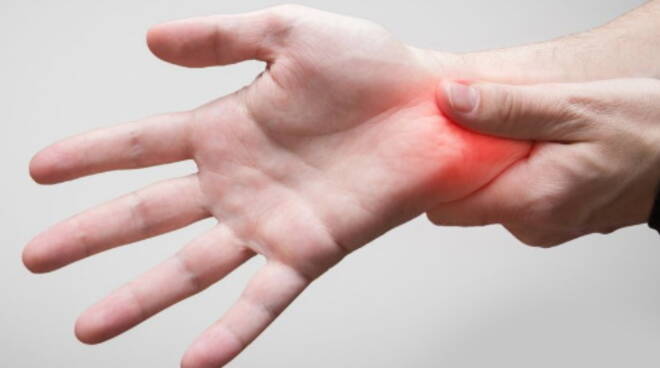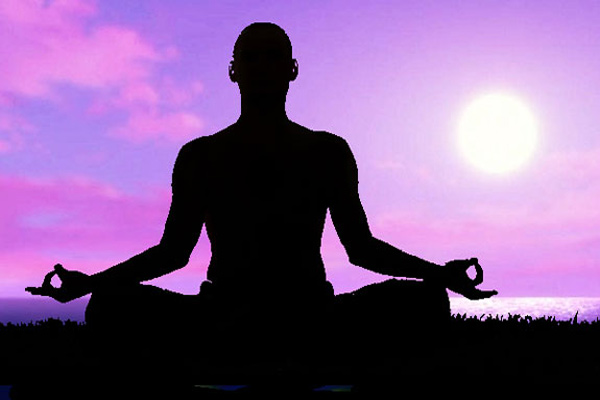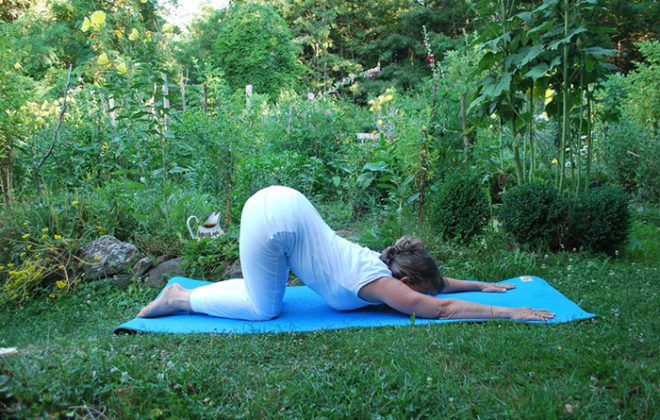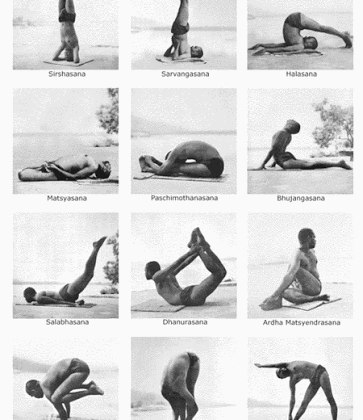The usefulness of yoga in case of carpal tunnel syndrome
CARPAL TUNNEL SYNDROME, A DIFUSED AND ANNOYING PATHOLOGY! CAN WE HELP WITH YOGA?
Carpal tunnel syndrome arises if the median nerve, which extends from the forearm to the hand, is subjected to pressure or crushing at the wrist. The median nerve controls the sensation of the palmar side of the thumb and fingers (not the little finger) as well as the impulses directed to some small muscles in the hand, which allow the fingers and thumb to move. The carpal tunnel, a narrow, rigid passage made up of the ligament and bones at the base of the hand, houses the median nerve and tendons. Sometimes the enlargement of the tendons or other swellings constrict the tunnel and cause the median nerve to be compressed. The results are pain, weakness or numbness in the hand and wrist, which radiate towards the arm. Although painful states may indicate other pathologies, carpal tunnel syndrome is the best known and most famous of the neuropathies, that is, pathologies in which the peripheral nerves of the human body are compressed or suffer trauma. Carpal tunnel syndrome often results from a combination of factors that increase pressure on the median nerve and carpal tunnel tendons, and not a problem with the nerve itself. Symptoms usually manifest gradually, with frequent burning, tingling or feelings of numbness mixed with itching in the palm of the hand and fingers, especially in the thumb, index and middle fingers. Symptoms often first appear in one or both hands at night. As symptoms worsen, you may experience an annoying tingling sensation throughout the day. The fact that the strength to exercise the grip decreases could make it difficult to clench hands in fists, grasp small objects or perform other activities that involve the use of the hands.
Acupuncture and chiropractic care may have been useful for some patients in the past, but their effectiveness remains to be demonstrated. The only exception is yoga: it has been shown to reduce pain and improve hand strength among patients suffering from carpal tunnel syndrome.
Of course, continuous, regular and balanced general practice strengthens the wrists, arms and hands so that such symptoms often don’t even appear.
However, in the event that this happens, perhaps because your hands have strained a lot (e.g. pruning trees, kneading bread, etc.) and the symptom appears that they fall asleep and / or make their hands numby during the night we can help ourselves with the following posture UTTANASTAMBHASANA
Here’s how it’s done:

In the supine position, bend your knees and place your feet on the ground, spread apart like the measurement of the shoulders. Lift the pelvis, stretch your arms strongly under the torso, intertwining the fingers and joining the wrists tightly. Squeeze your shoulders back bringing the two shoulder blades together as much as possible. This is very important because if you do not stretch your arms well and put your shoulder blades together you end up with the pelvis on the knuckles of the hands which would be painful. Then inhale and, exhaling, come down with the torso resting it on the outstretched arms, while inhaling the legs are brought up, to form a right angle with the body. Maintain the position with calm and regular breaths so that you feel comfortable, and then dissolve it with the same steps.
It has helped me many times since I work a lot with my hands and therefore I strain them a lot. For me it has an almost homeopathic effect, since when you leave the position you mainly feel a numbness of the hands caused by the blocked flow of blood to the hands. Then the blood flows back with force, just like when a tube is throttled, then releasing it, the water comes out with much more pressure, the same happens with the bloodpresure.
Good practice!
Yours with gratitude, Sabine
Categories
- Senza categoria (10)




